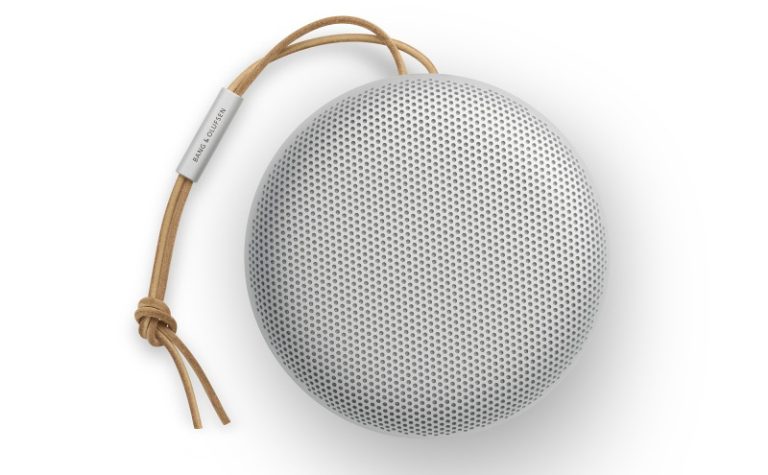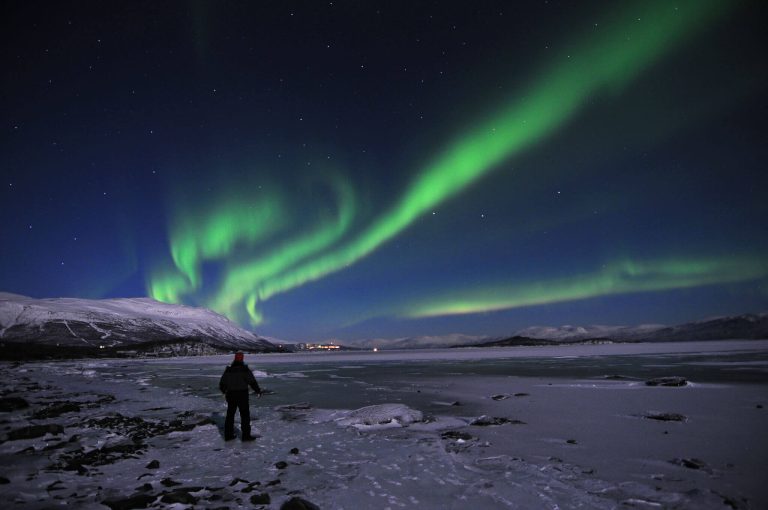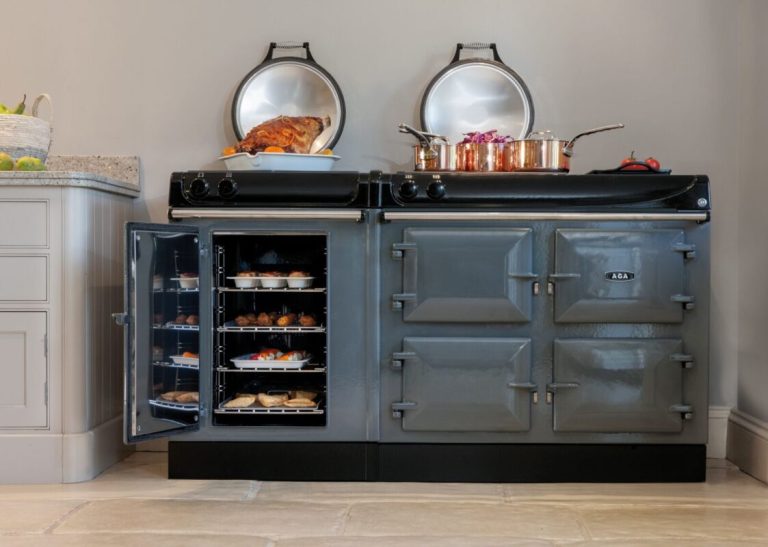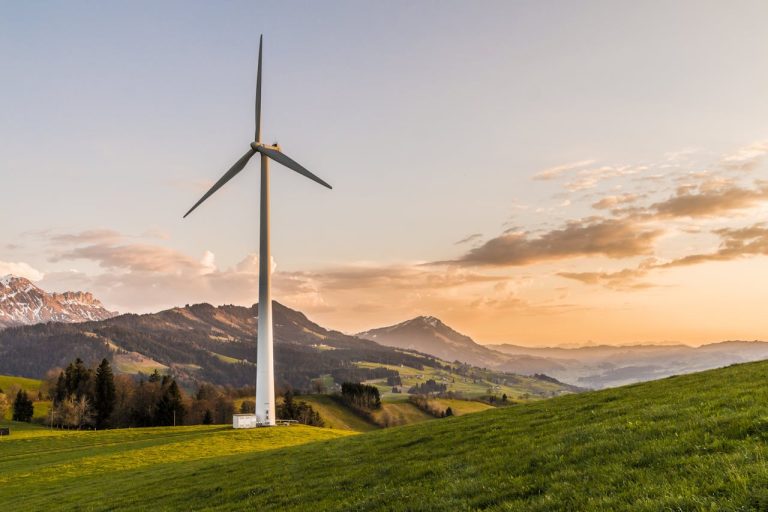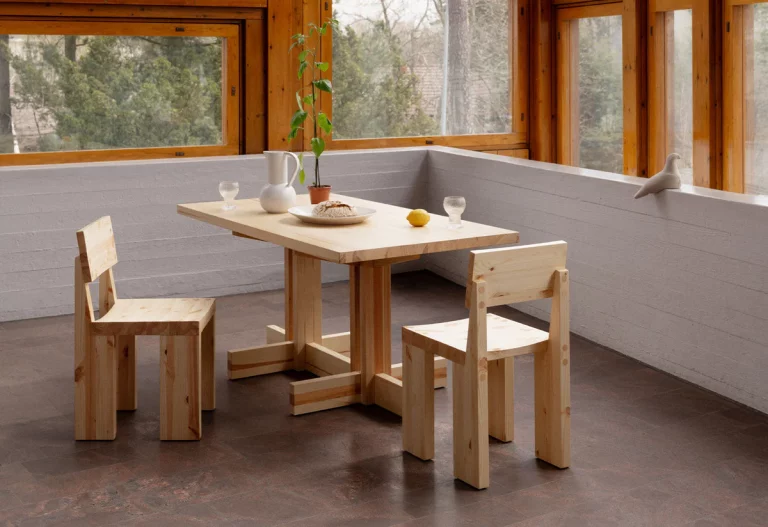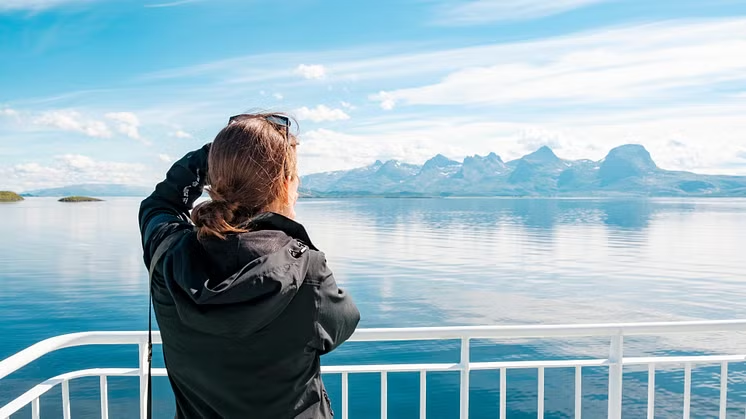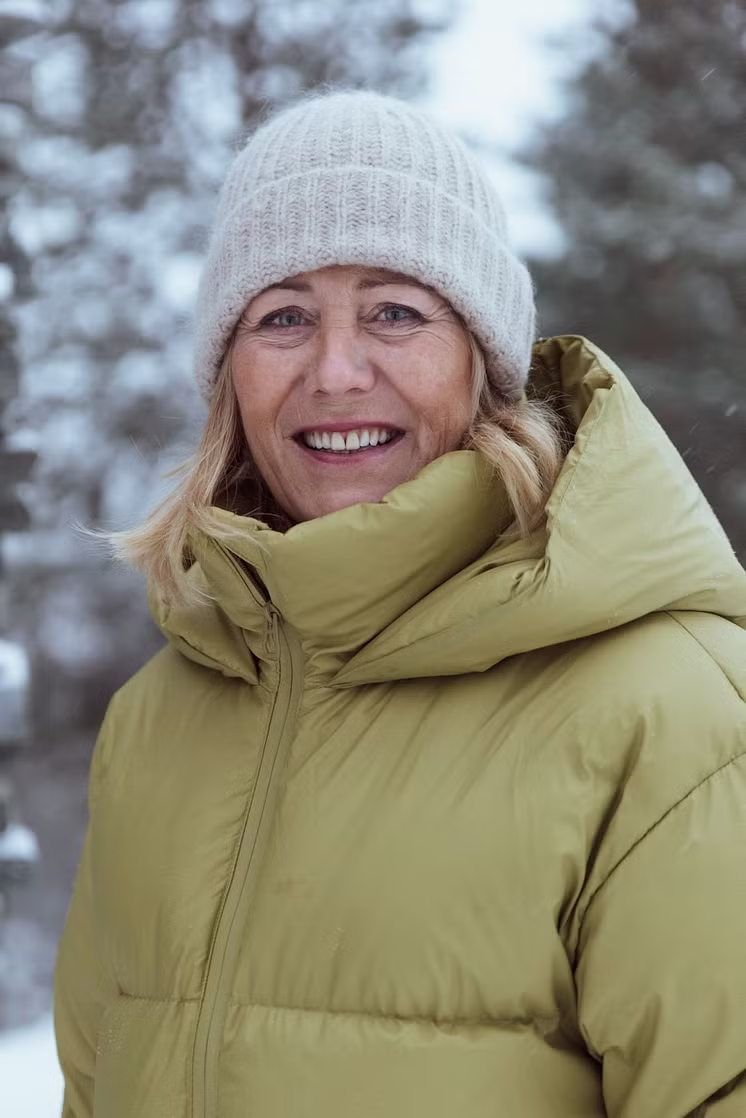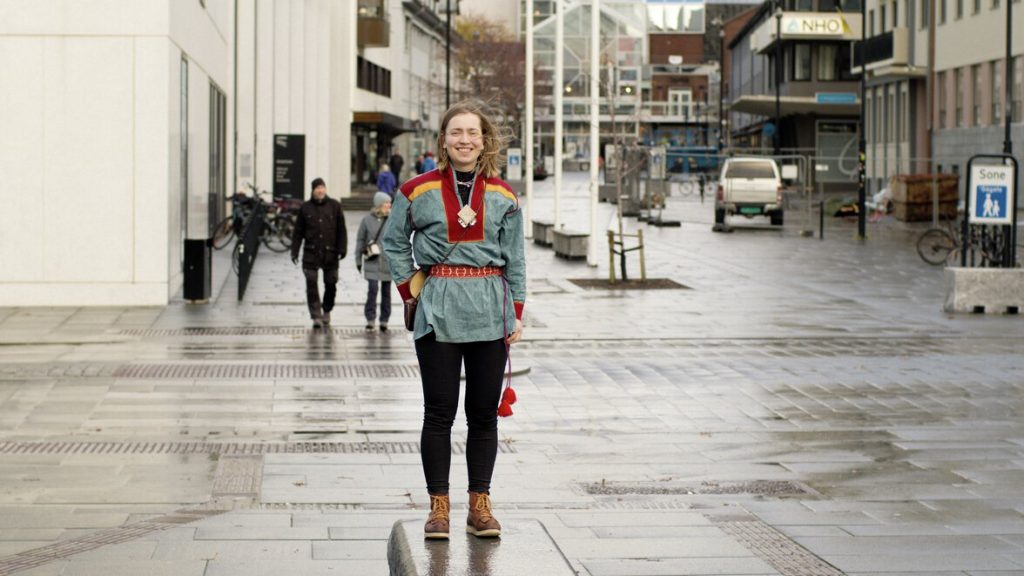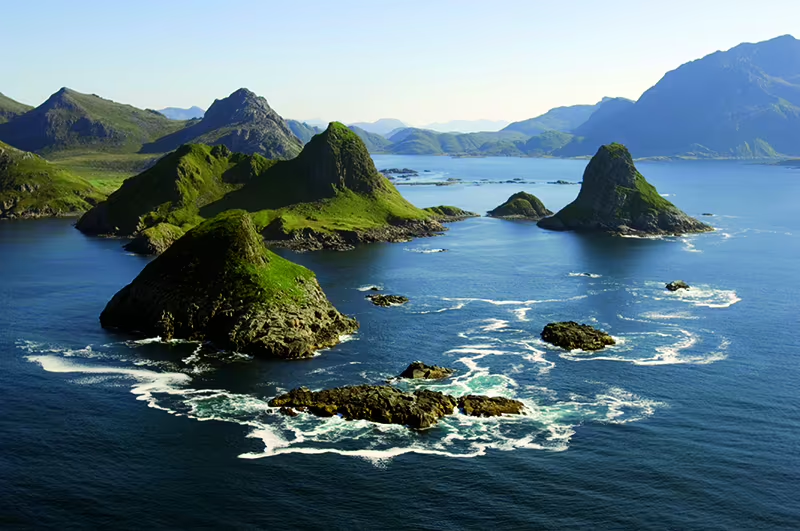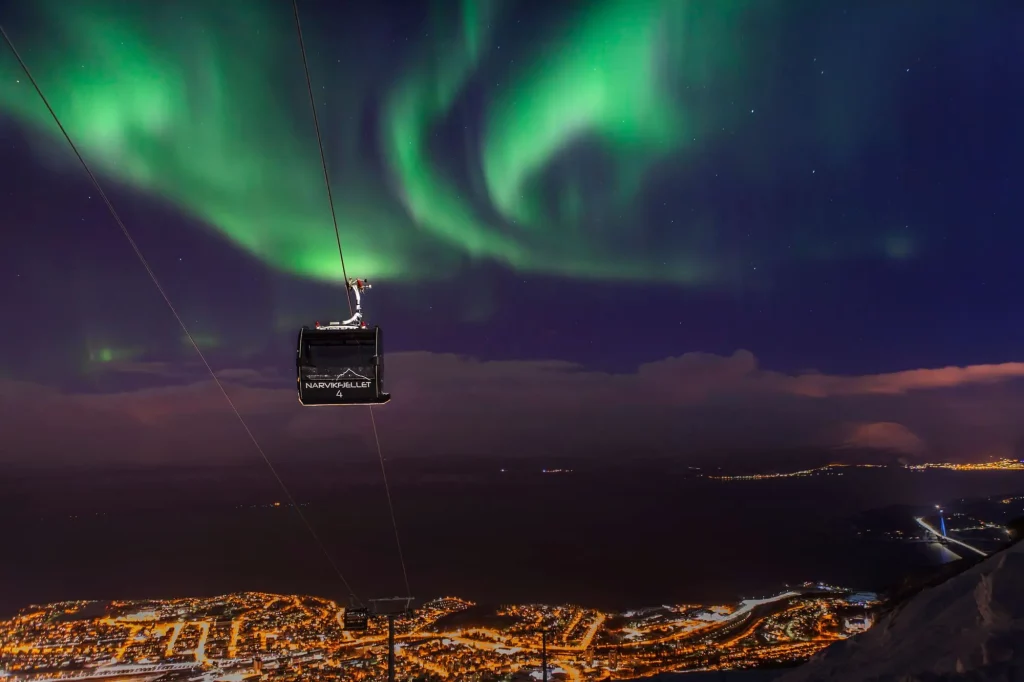While Airbnb may be a good option in some areas, I try to avoid it wherever possible when traveling abroad. In this article I reveal why I don’t use Airbnb.
Airbnb, once known for being an incredible and innovative platform for finding unique accommodations around the world, has fallen from grace with many travelers. Airbnb is typically much cheaper than getting a hotel in most places, but that is not always the case, but there are many reasons why I try to avoid Airbnb.
Travelers are tired of exorbitant service fees and cleaning fees, ridiculous rules, misleading listings, missing amenities, and inconsistent quality. But my main reason for choosing a hotel is the negative impact Airbnb has on the local housing market. It has significantly reduced the housing stock and led to higher rent prices for everyone.

*******************************
You might also like to read Ryanair Owner Hates Norwegian – Norwegians Hate Ryanair
*******************************
Most of the time, I have also found the prices to be as high as the cost of a hotel. Moreover, the service is not usually as good as it is in a hotel, and I prefer to have my toiletries restocked and towels replaced mor often than an Airbnb host is typically willing to do. As a travel journalist, I have had many great experiences using Airbnb to book private apartments for stays of anywhere from one week to one month in many destinations around the world.

But around the end of 2021, I started noticing a sharp decline in the quality of my Airbnb experiences. There are also some safety and security concerns when using Airbnb that travelers need to be aware of since they could become victims of multiple online scams or put themselves in jeopardy if they are not careful enough.
On one of my travels, I informed the host that I would be arriving late at night and he acknowledged my request to be admitted at the scheduled time. However, I was left out in pouring rain at an apartment building with fifty or so apartments, so I did not know where to go to inquire about my room – the owner only gave the street address of the building. A man outside offered to “sell” me information on where the owner was, but that was not the direction I wanted to go. Since the owner would not answer his phone after multiple attempts, I waited for three hours in the rain for a hotel in a different part of the town to open.
***********************************
You may also like to read A Travel Journalist’s Contemplations on a Hotel Stay in Stockholm
***********************************

I found myself dealing with uncommunicative hosts and apartments that didn’t live up to the listing photos. Once, I checked in to an Airbnb, only to find it hadn’t been cleaned at all after the previous guest left, and the WiFi wasn’t working. It took hours of contacting Airbnb support to get this resolved.
The check-in and check-out process of Airbnb can become extremely tedious, making most people lose their patience, especially since their customer service could be better and many hosts do not respond to your messages on time. On average, many people have to wait hours for the host to show up and finally let them enter the property whenever they check in to an Airbnb.
Airbnb style rooms also appear on Expedia and other booking sites. The sites give you options for what type of accommodation you prefer such as “hotel” or “bed and breakfast”. Avoid the choice listed as “apartment” as these are the Airbnb style accommodations. There are many Airbnb groupies out there, and if Airbnb is your speed by all means, book away.
I have had some positive experiences as well, but the negative experiences has outweighed the positive. I simply choose not to risk it when traveling abroad. Expedia is my friend.
Why I Don’t Use Airbnb, written by Tor Kjolberg



